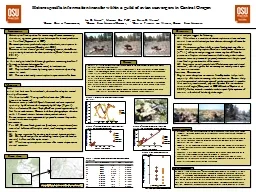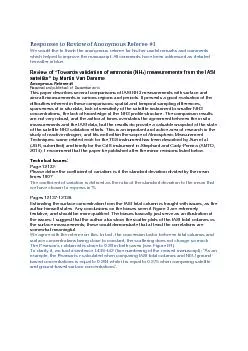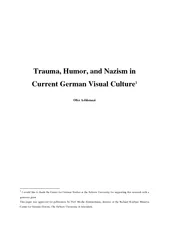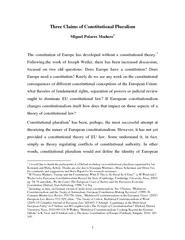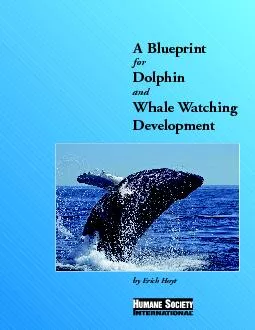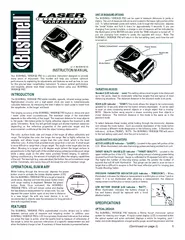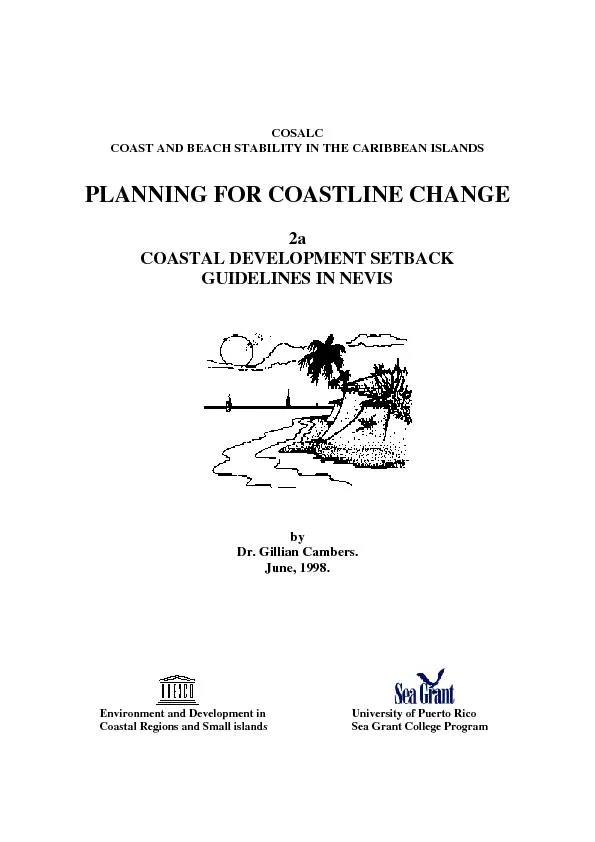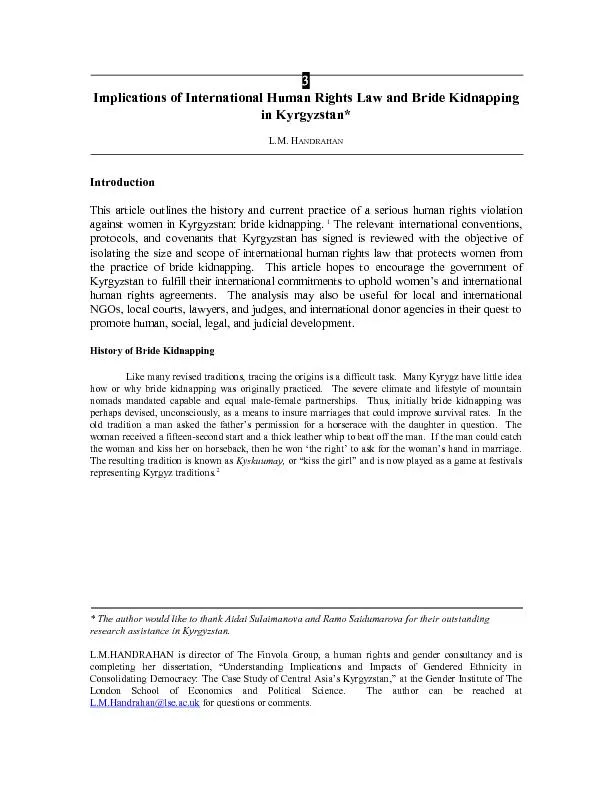PPT-We would like to thank Bushnell
Author : luanne-stotts | Published Date : 2016-02-28
for their generous donation of six trail cameras at a steeply discounted rate Clint Epps PhD and Matt Shinderman PhD for their invaluable advice and support Steve
Presentation Embed Code
Download Presentation
Download Presentation The PPT/PDF document "We would like to thank Bushnell" is the property of its rightful owner. Permission is granted to download and print the materials on this website for personal, non-commercial use only, and to display it on your personal computer provided you do not modify the materials and that you retain all copyright notices contained in the materials. By downloading content from our website, you accept the terms of this agreement.
We would like to thank Bushnell: Transcript
Download Rules Of Document
"We would like to thank Bushnell"The content belongs to its owner. You may download and print it for personal use, without modification, and keep all copyright notices. By downloading, you agree to these terms.
Related Documents

